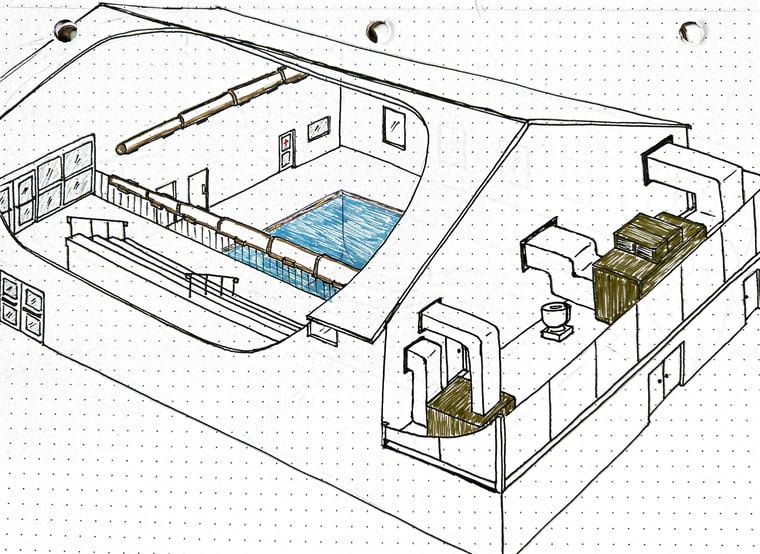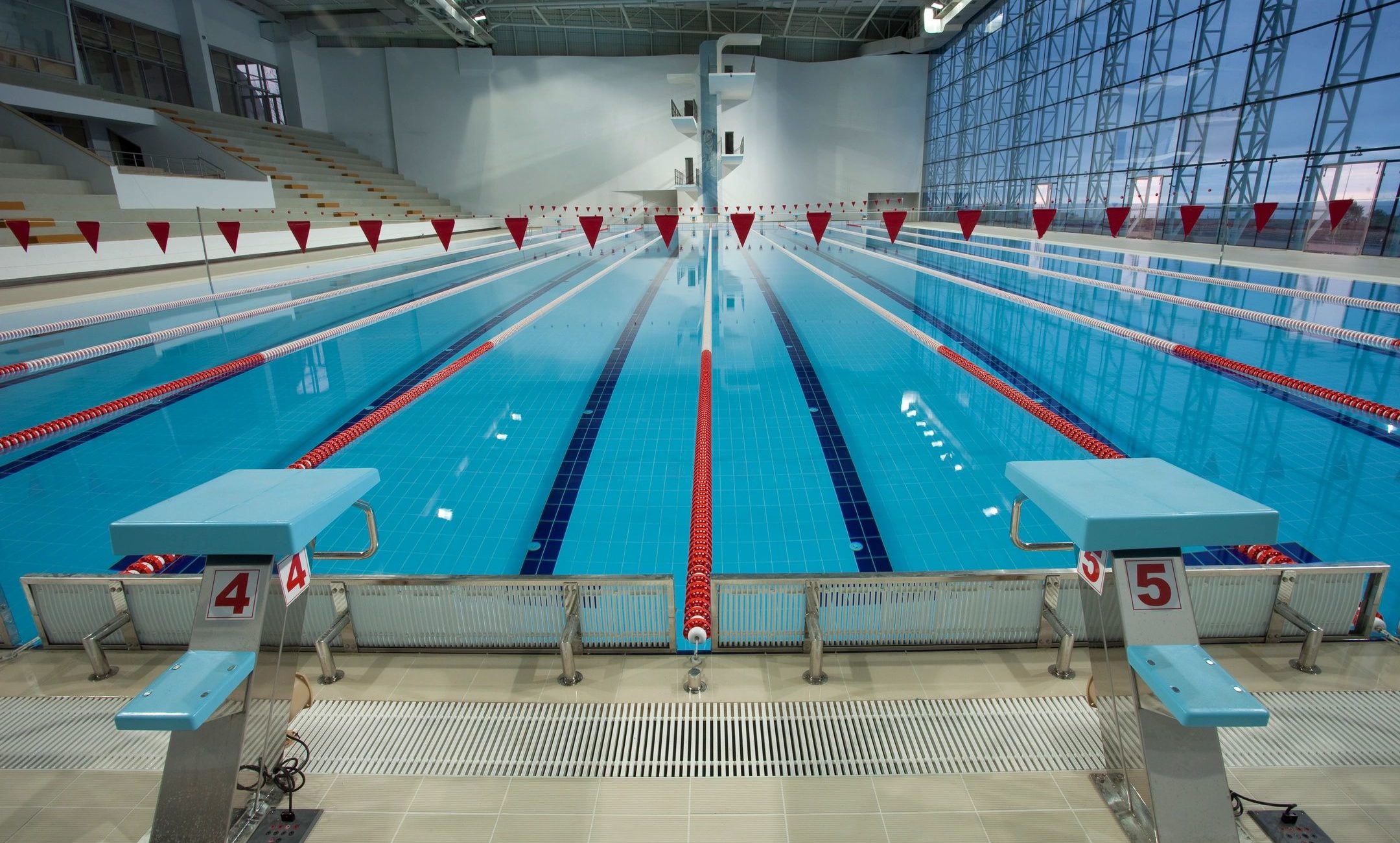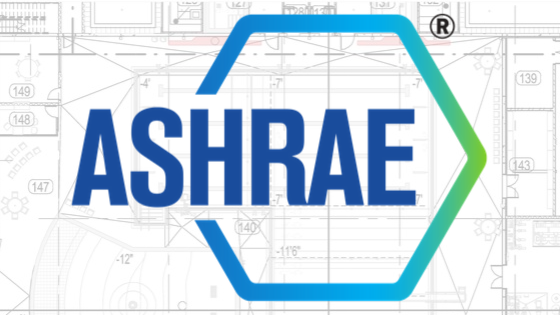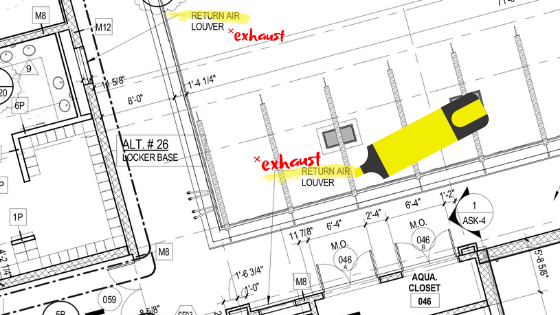Natatoriums: The Mechanical Engineer's Dilemma
Think of all the indoor rooms you have been in. Offices, classrooms, restaurants, your bedroom, etc.. Every indoor room probably had a ventilation system of some sort, and that system was designed by a Professional Engineer (P.E.). Now ask yourself: how many of those rooms contained an indoor swimming pool?
Covered in this article:
- Indoor pools are uncommon
- The engineer's dilemma
- Natatoriums are complicated
- The blame game
- Water quality helps, but not enough
- Conclusion
Indoor pools are uncommon

Indoor swimming pools (aka natatoriums) are few and far between. This means that most engineers may never design one. It also means that the few engineers who do work on natatoriums typically will not have many to design. Natatorium design is a small, specialized niche.1
In other words, natatorium air quality problems exist–in part–because there are so few natatoriums in the first place. So few natatoriums means less opportunities for engineers to learn and understand them. And because natatoriums are so rare, learning from their IAQ problems is also rare.
Even if a swimming pool has IAQ problems in their first week of opening (like so many competitive pools do), the designers were done with their work months earlier, and they are now working on other projects. If such problems are bad enough to contact the designers of record, those calls may not be until months or even years later. By that time, any number of things could be impacting the air quality. So the clear line of responsiblity becomes blurred.
We'll be blunt. Designing an indoor pool HVAC system is challenging and risky. We completely understand why engineering firms often decline such projects, or hire consultants to help.
The Engineer's Dilemma
A professional engineer is responsible for the functionality of the systems they design. Ultimately it is their name on their license and stamp that certifies the drawings being submitted for construction are up to standards and will work. But imagine you're an engineer who has never worked on an indoor pool. None of us know what we don't know...and indoor pools are full of unknowns.
Is it reasonable to expect perfection the first time doing something? No way. We grow by doing and sometimes failing, learning from the failure, and trying again. Practice, practice, practice.
While we all depend on them for a successful project, realistically we should not expect a mechanical engineer to nail a natatorium design on their first attempt. And yet, the health consequences of a flawed natatorium design are very real to those of us who swim and spend time in indoor pools. And therein lies the dilemma.
Swimmers, lifeguards and coaches must rely on a professional engineer to design an air system that covers many variables that do not exist in any other type of room...while also designing for healthy indoor air...and their guidebook, ASHRAE 62.1, has a natatorium section only four pages long. And in most cases, those engineers have never worked on an indoor pool before (or very few).

Sadly, while problems are never intentional, they are in almost every natatorium worldwide. And while air quality problems may not be entirely the engineer's fault, those problems are often their responsibility anyway. To make matters worse, air design might be the only thing that can fix the problem.
Natatoriums are complicated
Consider the extraordinary variables a natatorium has that no other type of room does. Moisture loads, changing evaporation rates (depending on air and water temperatures), temperature deltas that lead to extreme energy costs, vapor pressure, strict temperature target (2ºF above water temperature), strict RH % target, and of course, corrosive airborne contaminants like chloramines. There are more, but you hopefully get the idea. Natatoriums unlike any other type of room.
Natatoriums are notoriously difficult to design, and there are so few of them to learn from. Compound that fact with the design standard 62.1 from ASHRAE having just 4 pages in its handbook devoted to Natatoriums. And on top of that, those 4 pages are wide open to interpretation, because we have seen hundreds of natatoriums designed within the ASHRAE standard that still had bad air quality problems.
Futhermore, without consulting with the pool operators themselves, an engineer will not know how a pool is going to be used. All it takes is a miscommunication (or lack of communication) for problems to occur. For instance, what if the operators crank up the water temperature to make the seniors and children happier? Now the evaporation rate has changed, which changes other factors that stress the dehumidifier, etc., etc..
The blame game

Historically, water and air people point fingers at each other when air problems occur. "Fix your water chemistry!" "My chemistry is balanced, fix your air handler!" Back and forth the fingers point. Meanwhile, swimmers are coughing and their doctors are prescribing inhalers (we speak from personal experience here).
And while the swimming pool and wet deck are the primary sources of chloramine pollution, there is very little on the water side that can be done to stop the problem. This is necessary, inevitable chemistry that must be dealt with on the air side.
Related: Pool Water Chemistry Part 1: Pool Sanitization
Related: Pool Water Chemistry Part 2: Combined Chlorine
Even with secondary systems like UV and Ozone, air quality problems persist (despite what manufacturers believe and claim). Most customers of ours that had bad air quality problems already had UV or ozone. Yet the airborne chloramine problem was as vicious as ever.

Timing must be taken into account. Sure, UV and ozone systems destroy waterborne mono- and di-chloramines. But they are both point-of-contact systems at the mercy of the circulation rate of the pool. Secondary systems can only affect the water that passes through their area of effect.
Most off-gassing byproducts happen out in the pool itself and from the wet deck. UV and ozone cannot possibly reach those areas.
Water quality helps, but not enough
Even with optimal water quality systems, chlorine will still combine oxidize nitrogen compounds and non-living organics (bather waste) to create disinfection byproducts (DBPs). And because these reactions happen so fast, eventually, these byproducts will off-gas into the air. The pollution becomes an air problem entirely.
We know this from experience. Most of the pools we have visited had UV or Ozone already installed for years. Their natatorium HVAC systems were also designed within ASHRAE 62.1 standards. And yet they all had air quality problems. There's a knowledge gap here, and our firm exists to close that gap.
Conclusion
For decades, design professionals have missed the crux of the indoor air quality problem. We empathize with engineers because they are in a difficult position. On the one hand, these issues are not necessarily their fault...but they are still their responsibility. When IAQ problems arise, oftentimes a mechanical solution is the only way to solve the problem. Aquatics staff can only do so much.
The stakes are high, and the consequences are real.
And that's where we come in. If you are an engineer tasked with designing (or renovating) an indoor swimming pool, we'll help guide you through the process so you can deliver the best air quality possible.
1 Our firm exists because of the complexity of this small, specialized niche. Since so few indoor pools exist compared to other indoor spaces, there is a shortage of specialized experience with pools. And that's where we come in; we are here to assist engineers design natatorium spaces.

 By
By



